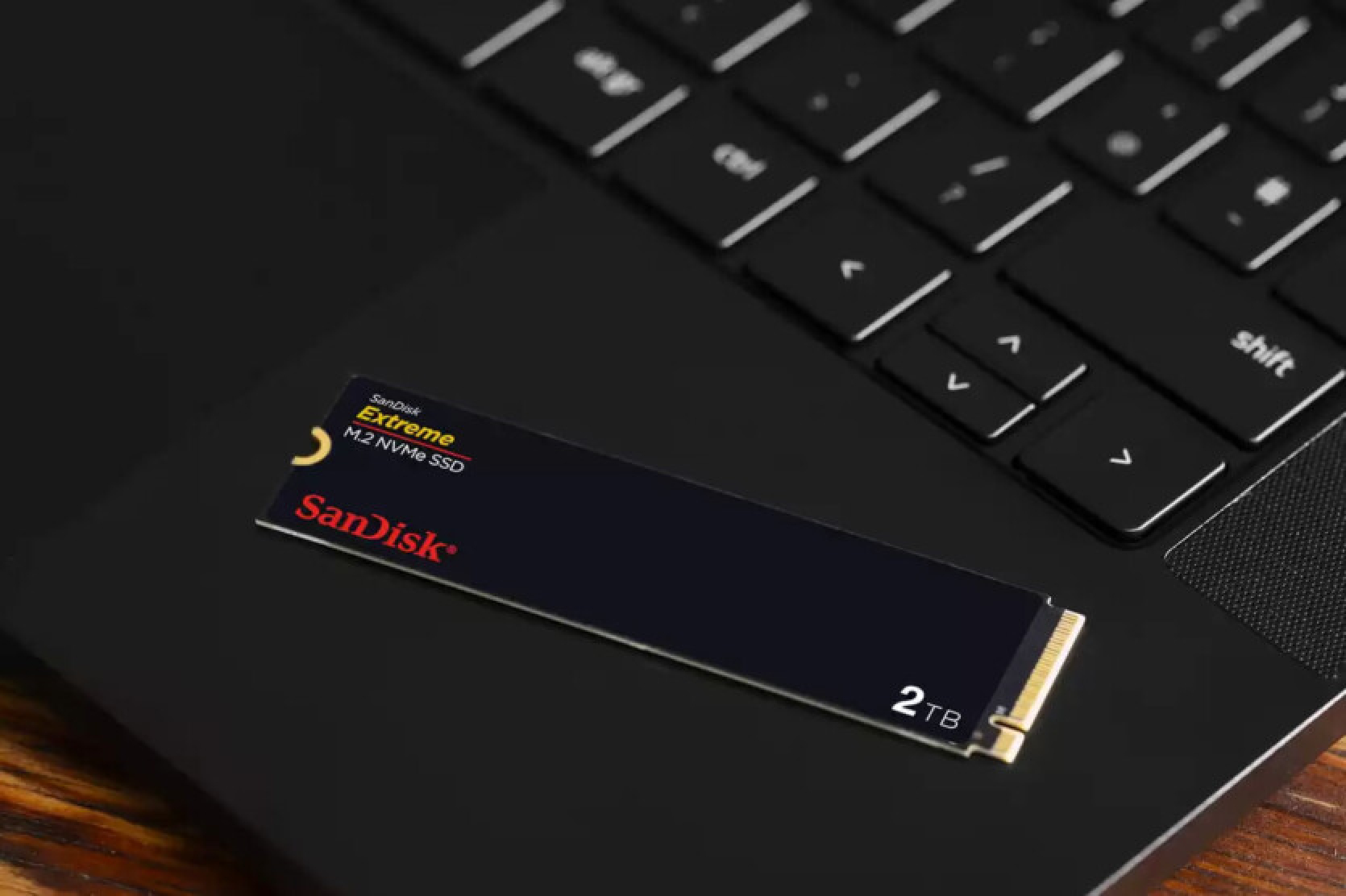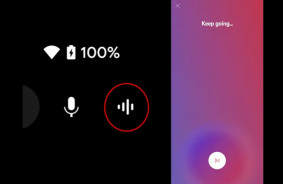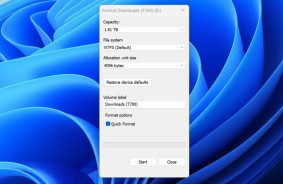Earlier reports indicated instances of BSOD in Windows 11 24H2 with certain SSDs. Now, in addition to WD, Sandisk models have been affected; Microsoft has rolled back the update for these devices, while WD has released a fix.
Following user complaints about WD SSD issues, evidence emerged of similar problems with Sandisk SSDs. Microsoft has confirmed it is blocking updates for some users with specific SSD models.
“Microsoft is preventing systems with affected models from updating to Windows 11 24H2 until the firmware is updated.”
It’s worth noting that some SSDs may require up to 200 MB of system memory buffer, and Windows 11 23H2 managed this adequately by offering only 64 GB. Windows 11 24H2 has begun providing 200 MB as specified by SSD requirements, but this has led to the occurrence of the “blue screen of death.”
Sandisk / WD has already released the necessary SSD firmware. The update can be performed through the Western Digital Dashboard utility, in the “Tools” section, to check if a firmware update is available. If so, just click. There should not be any issues with the files, but it’s recommended to back up just in case. The following SSD models are officially recognized as problematic:
- WD_BLACK SN770 NVMe SSD 2 TB
- WD_BLACK SN770M NVMe SSD 2 TB
- WD Blue SN580 NVMe SSD 2 TB
- WD Blue SN5000 NVMe SSD 2 TB
- SanDisk Extreme M.2 NVMe SSD 2 TB
A Windows registry fix we published earlier also helps with the blue screen issue. It can be used if the BSOD occurs with drives from other manufacturers (which is not ruled out). There’s also another method:
1. Enter the following code into "Notepad":
Windows Registry Editor Version 5.00
[HKEY_LOCAL_MACHINE\SYSTEM\CurrentControlSet\Control\StorPort]
"HMBAllocationPolicy"=dword:00000002
[HKEY_LOCAL_MACHINE\SYSTEM\CurrentControlSet\Services\stornvme\Parameters\Device]
"HostMemoryBufferBytes"=hex(7):56,00,45,00,4e,00,5f,00,31,00,35,00,42,00,37,00,\
26,00,44,00,45,00,56,00,5f,00,35,00,30,00,31,00,37,00,26,00,52,00,45,00,56,\
00,5f,00,3f,00,3f,00,20,00,36,00,37,00,31,00,30,00,38,00,38,00,36,00,34,00,\
00,00,56,00,45,00,4e,00,5f,00,31,00,35,00,42,00,37,00,26,00,44,00,45,00,56,\
00,5f,00,35,00,30,00,34,00,31,00,26,00,52,00,45,00,56,00,5f,00,3f,00,3f,00,\
20,00,36,00,37,00,31,00,30,00,38,00,38,00,36,00,34,00,00,00,00,00
2. Save the registry file, for example as SSD.reg
3. Double-click the file, follow the on-screen instructions, and restart the computer.
Interestingly, Windows 11 24H2 was in limited testing for almost a year, and Microsoft and WD could have addressed the issue earlier rather than after the public release of the update.
Sources: Windows Latest, Tom's Hardware














Comments (0)
There are no comments for now